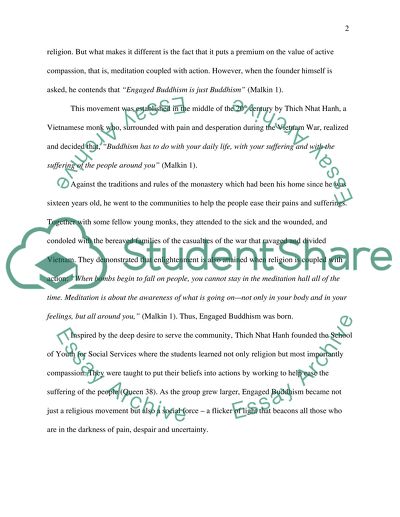Cite this document
(“Engaged Buddhist response to Consumerism Essay Example | Topics and Well Written Essays - 2500 words”, n.d.)
Retrieved from https://studentshare.org/religion-and-theology/1397582-engaged-buddhist-response-to-consumerism
Retrieved from https://studentshare.org/religion-and-theology/1397582-engaged-buddhist-response-to-consumerism
(Engaged Buddhist Response to Consumerism Essay Example | Topics and Well Written Essays - 2500 Words)
https://studentshare.org/religion-and-theology/1397582-engaged-buddhist-response-to-consumerism.
https://studentshare.org/religion-and-theology/1397582-engaged-buddhist-response-to-consumerism.
“Engaged Buddhist Response to Consumerism Essay Example | Topics and Well Written Essays - 2500 Words”, n.d. https://studentshare.org/religion-and-theology/1397582-engaged-buddhist-response-to-consumerism.


